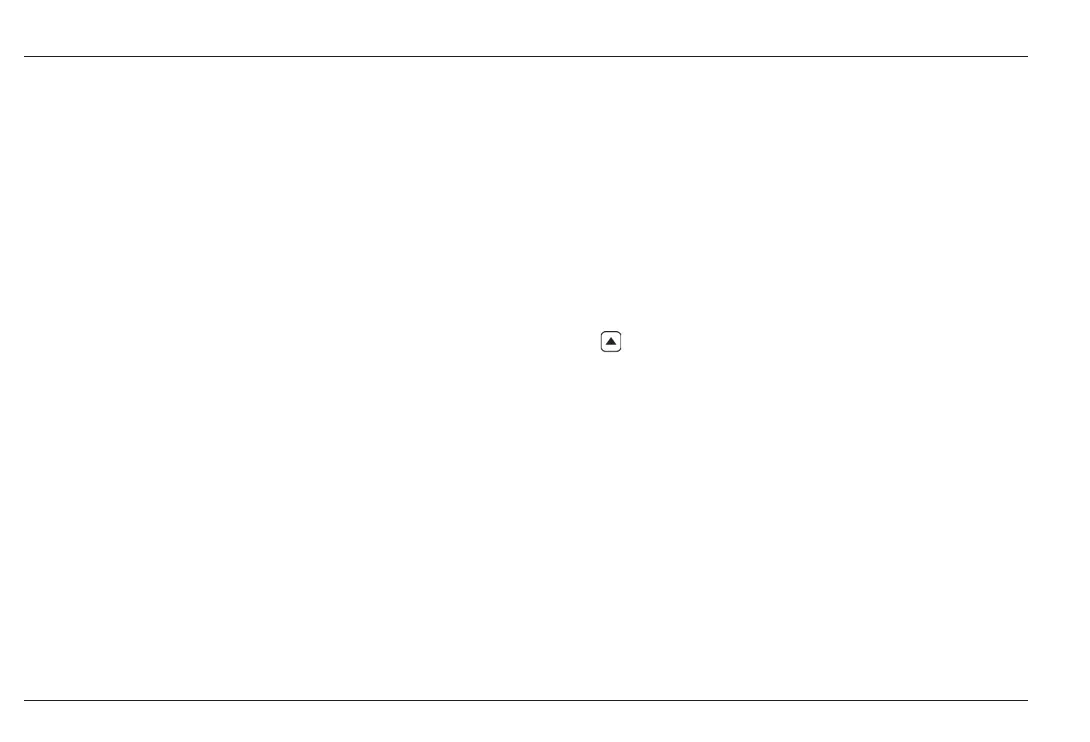6-2 Issue 01, 04/05 CL 5
I/O Features Transmitting Thickness Data Through an External Device
. Note:
The instructions in this chapter apply to all
instruments.
The instrument can communicate with external devices
in several ways. All of these communication methods
rely on the instruments I/O port. The following cables
are available for connection to this RS-232 port (see
Figure 3-1 for location):
USB PC Cable
Serial PC Cable
Digital CaliperVelocity Option
Li Battery Packs Charging cable
The instrument determines if the cable is connected to
a device provided the device is not off line or busy.
Individual thickness readings and A-Scans can be
transmitted to an attached device. With the use of
remote codes, a PC can control the instrument.
In this chapter you will find:
The byte structure used when thickness readings
are transmitted through the I/O port (Section 6.1)
Remote commands (Section 6.2)
6.1 Transmitting Data to an
External Device
When below SEND is pressed to transmit a
thickness or velocity value through the I/O port, data
will be transmitted at 8 data bits, 1 stop bit, no parity,
and at the user-specified baud rate. The transmitted
data will be in a 13-byte message format, structured as
shown in Table 6-1. Note that data can be transmitted
(and SEND appears) only when the PC cable is
connected to a device that can receive data.
6-2 Issue 01, 04/05 CL 5
I/O Features Transmitting Thickness Data Through an External Device
. Note:
The instructions in this chapter apply to all
instruments.
The instrument can communicate with external devices
in several ways. All of these communication methods
rely on the instruments I/O port. The following cables
are available for connection to this RS-232 port (see
Figure 3-1 for location):
USB PC Cable
Serial PC Cable
Digital CaliperVelocity Option
Li Battery Packs Charging cable
The instrument determines if the cable is connected to
a device provided the device is not off line or busy.
Individual thickness readings and A-Scans can be
transmitted to an attached device. With the use of
remote codes, a PC can control the instrument.
In this chapter you will find:
The byte structure used when thickness readings
are transmitted through the I/O port (Section 6.1)
Remote commands (Section 6.2)
6.1 Transmitting Data to an
External Device
When below SEND is pressed to transmit a
thickness or velocity value through the I/O port, data
will be transmitted at 8 data bits, 1 stop bit, no parity,
and at the user-specified baud rate. The transmitted
data will be in a 13-byte message format, structured as
shown in Table 6-1. Note that data can be transmitted
(and SEND appears) only when the PC cable is
connected to a device that can receive data.

